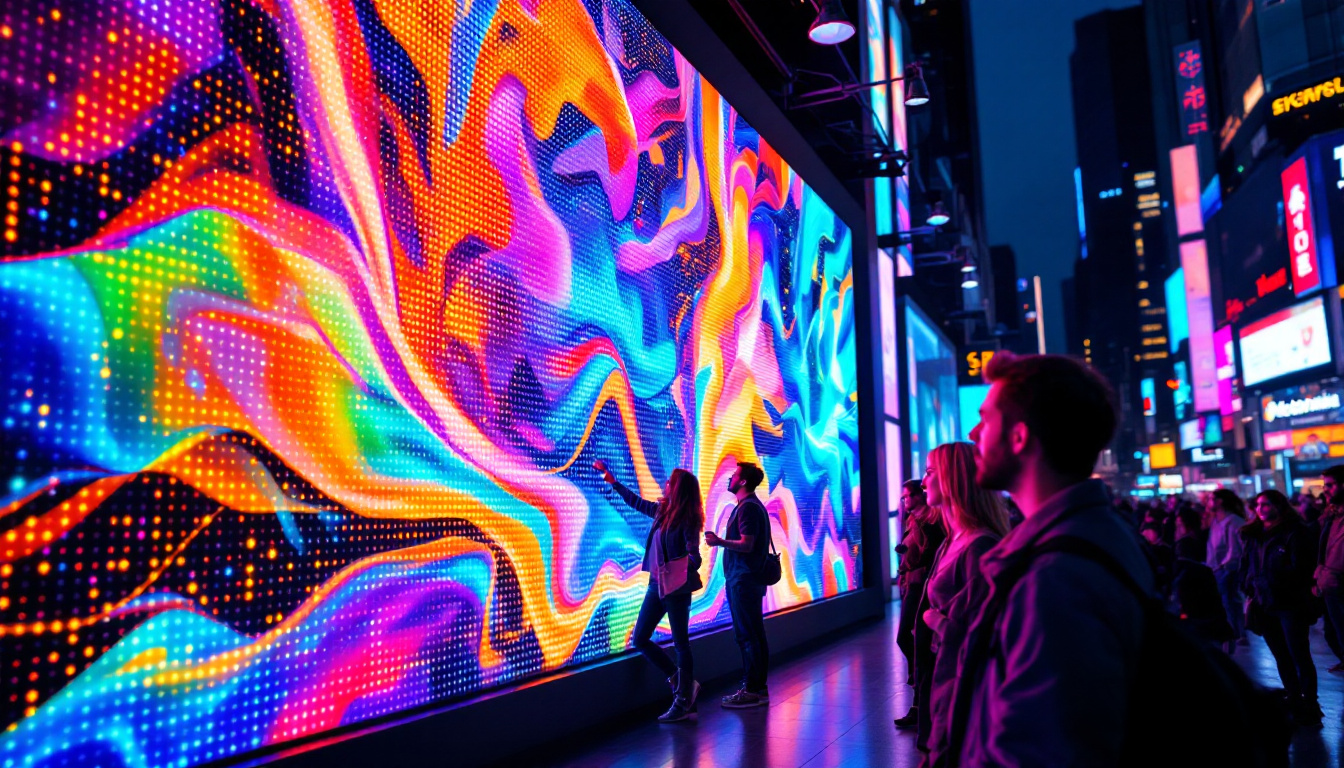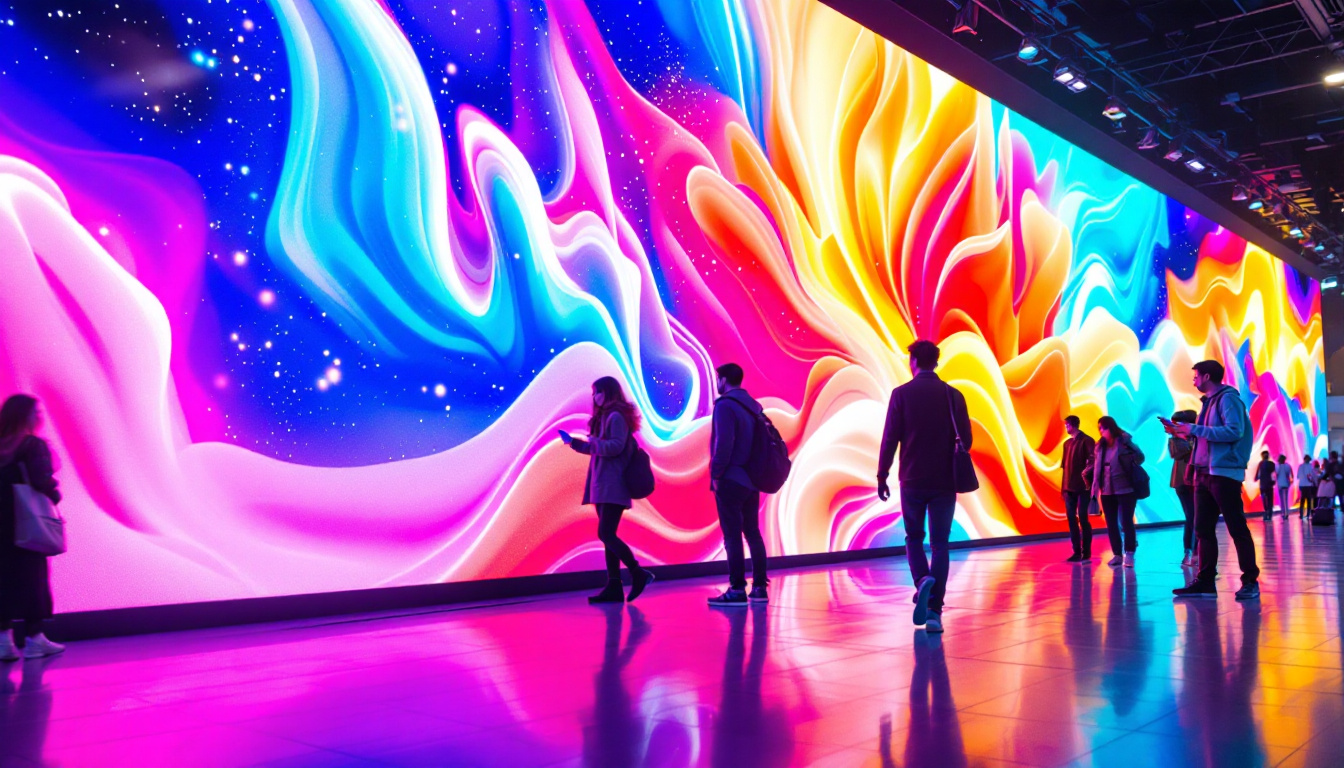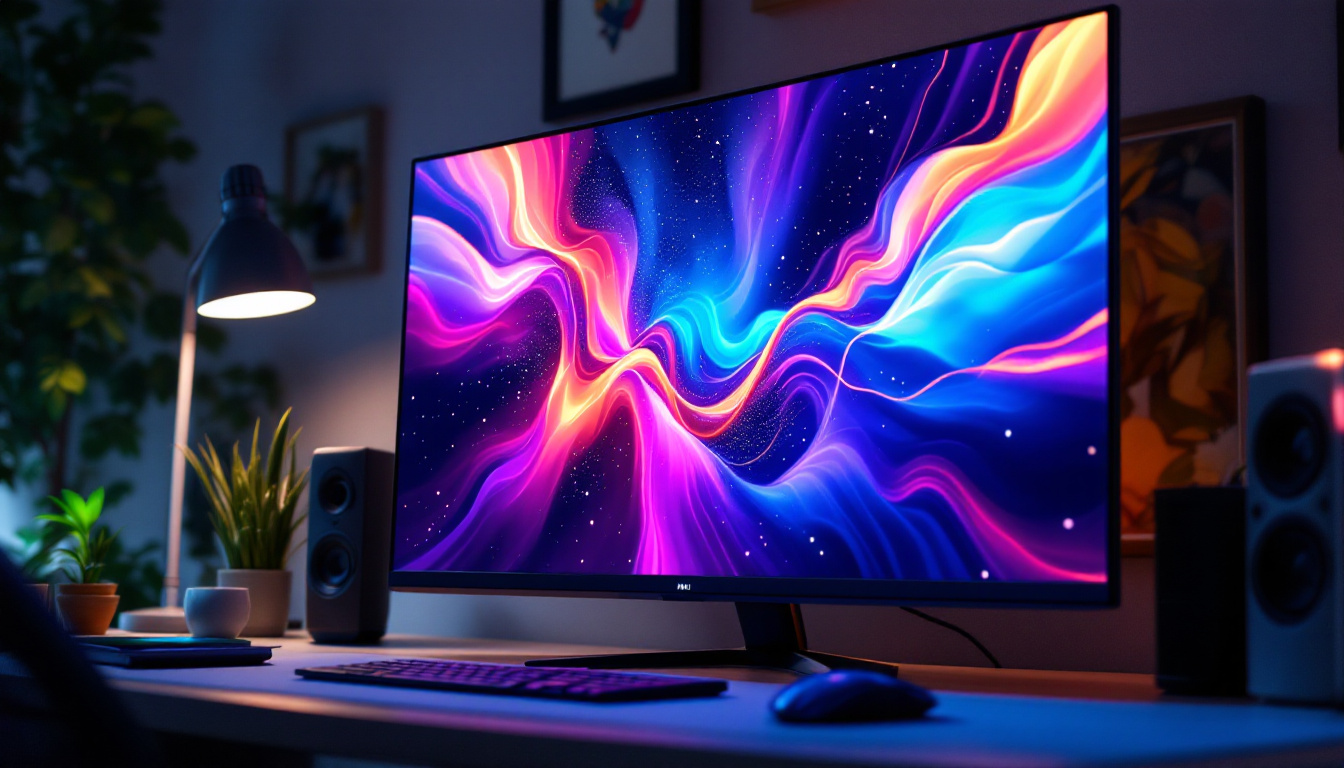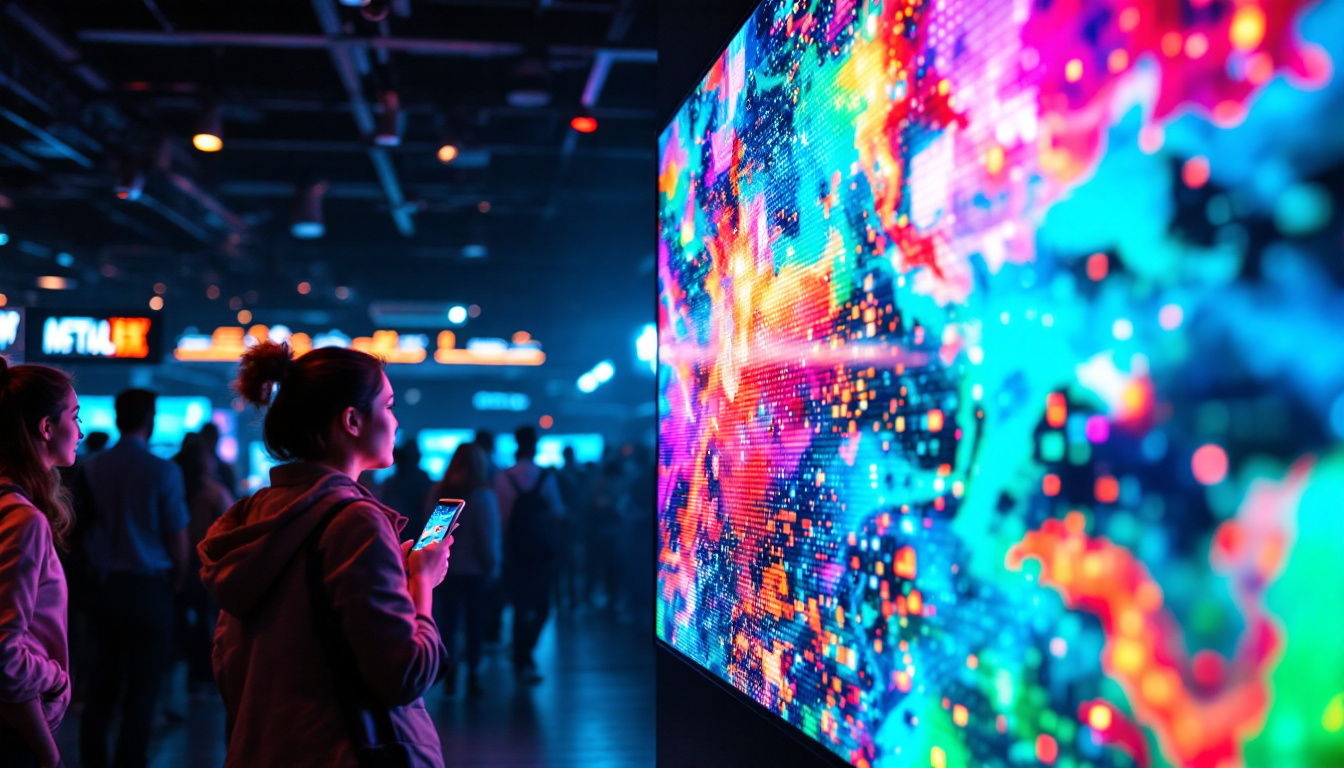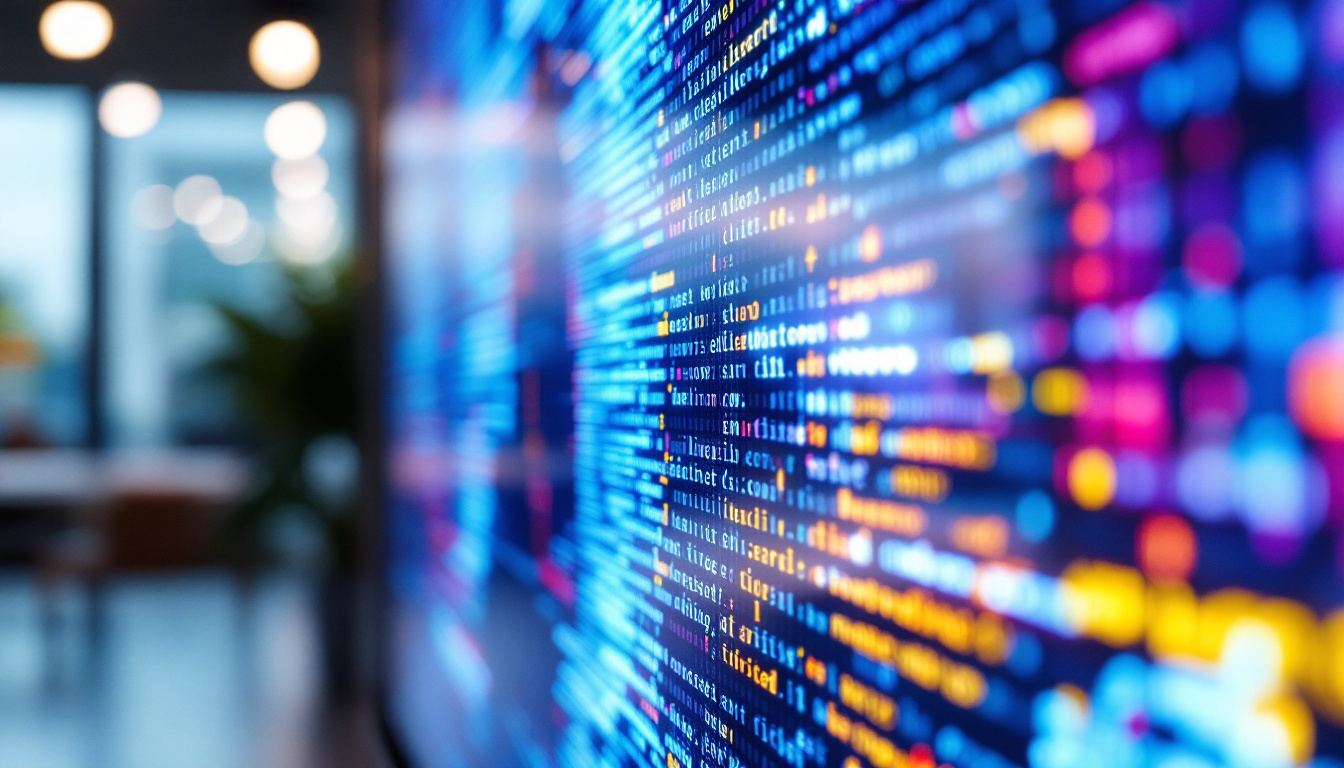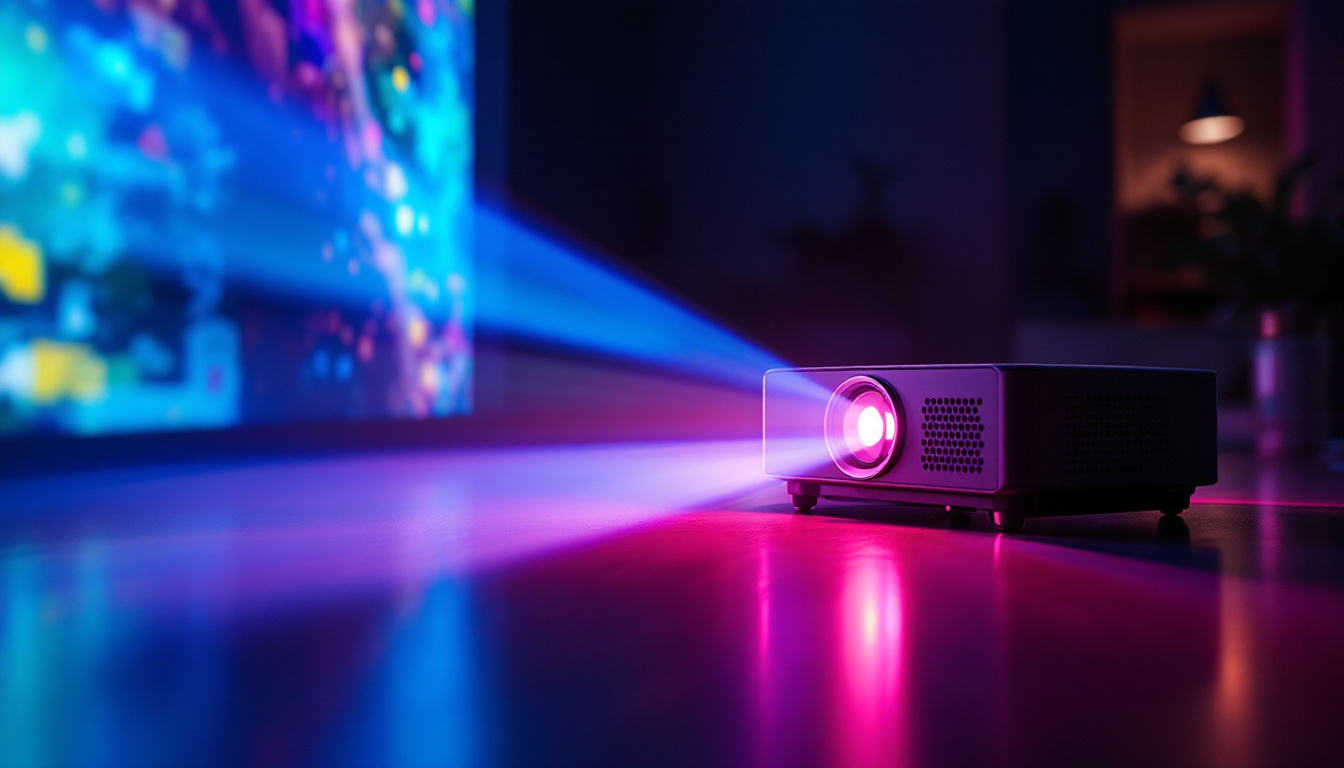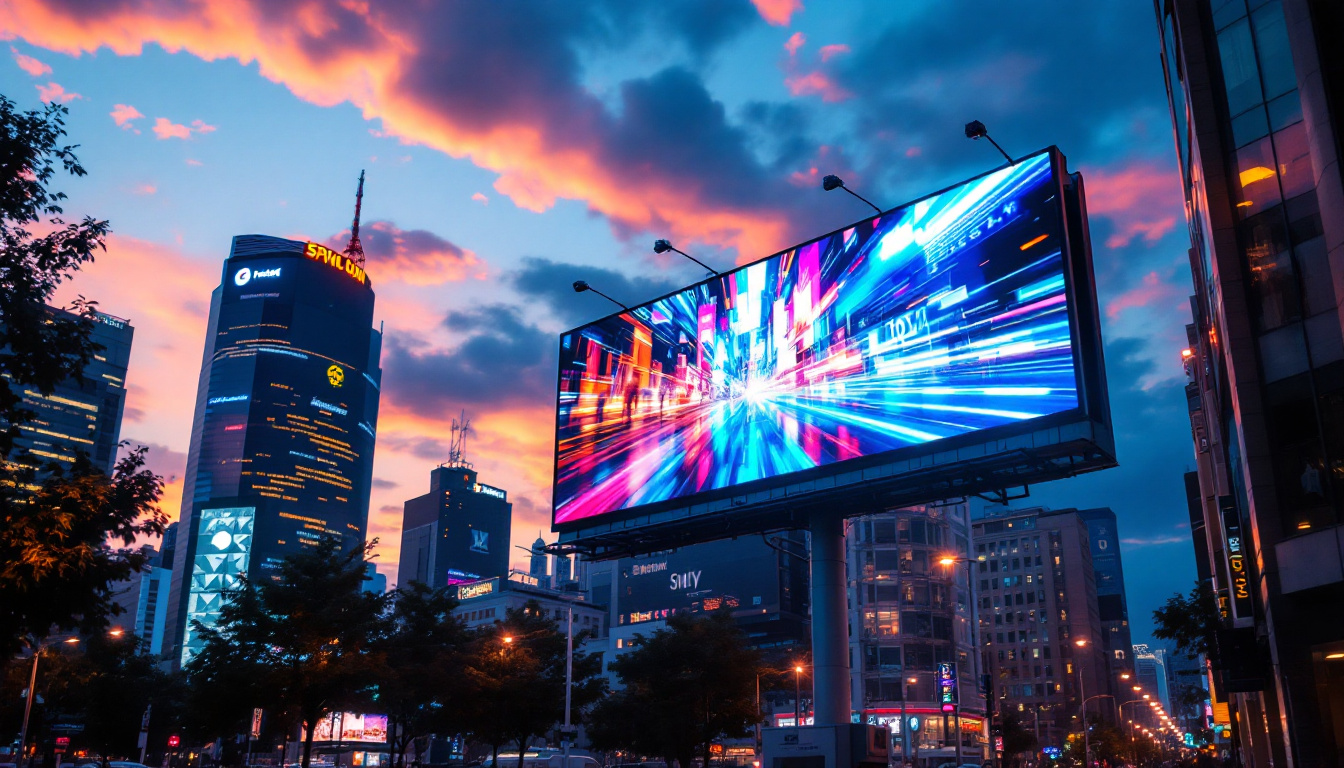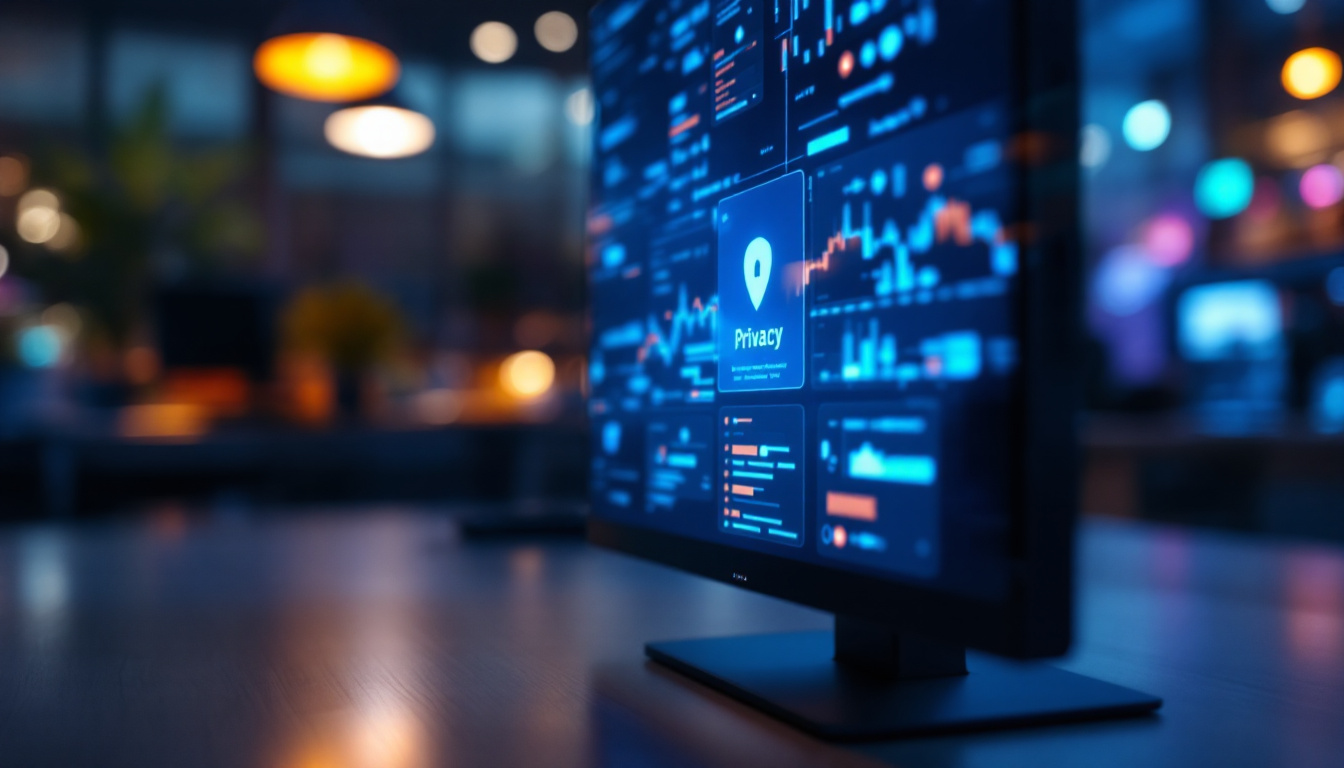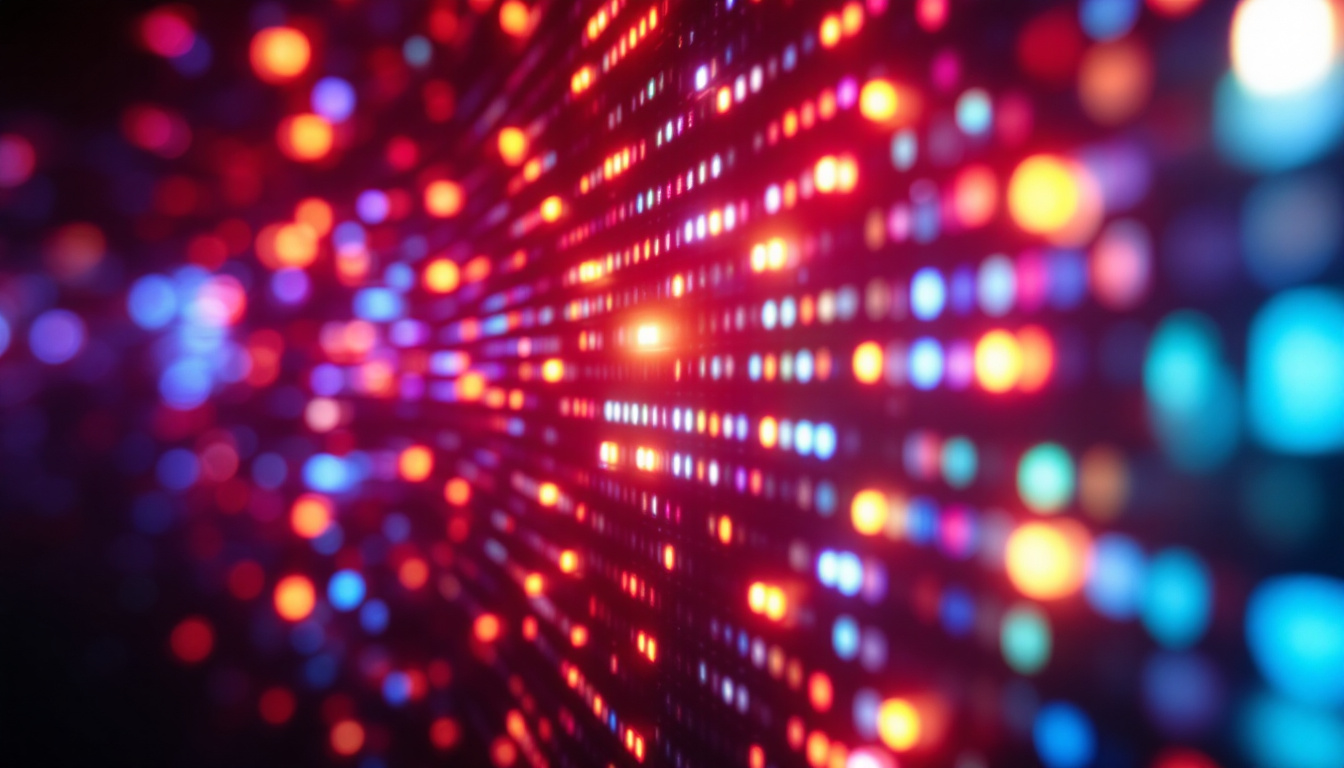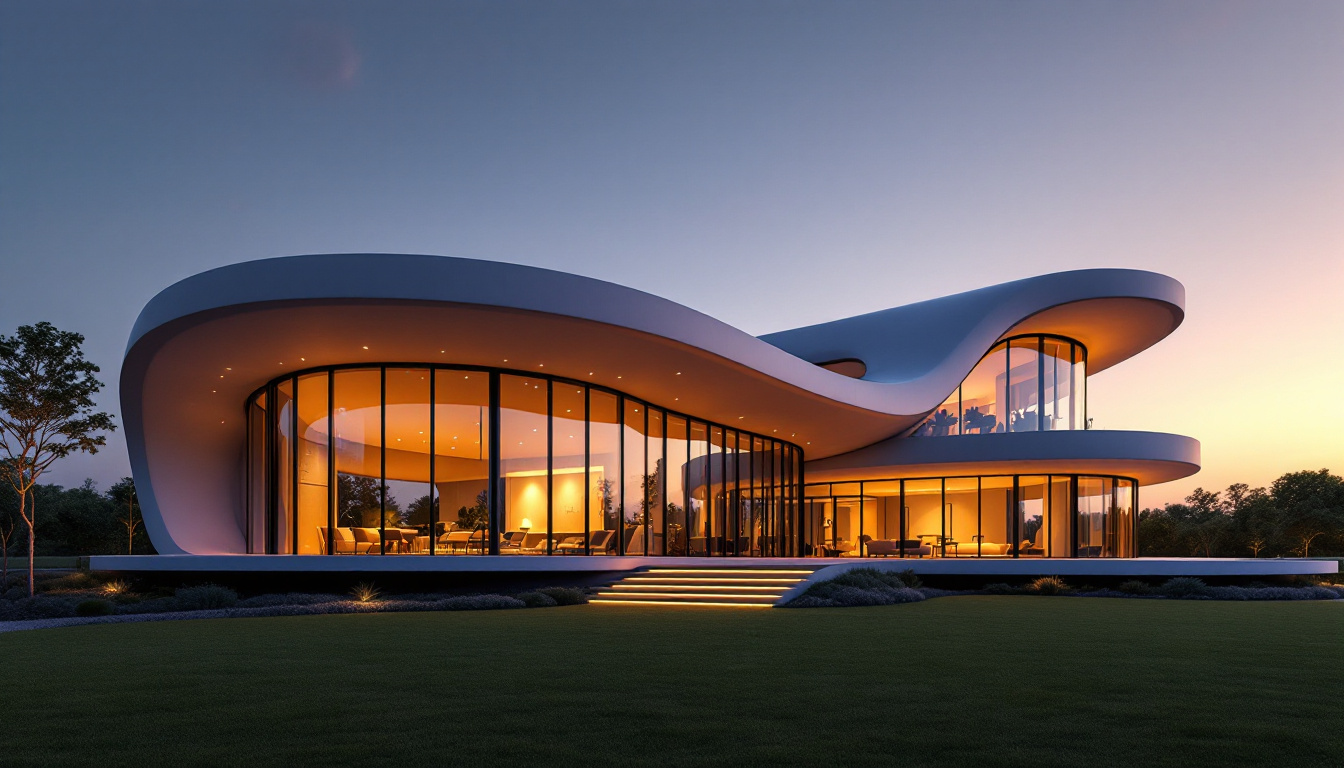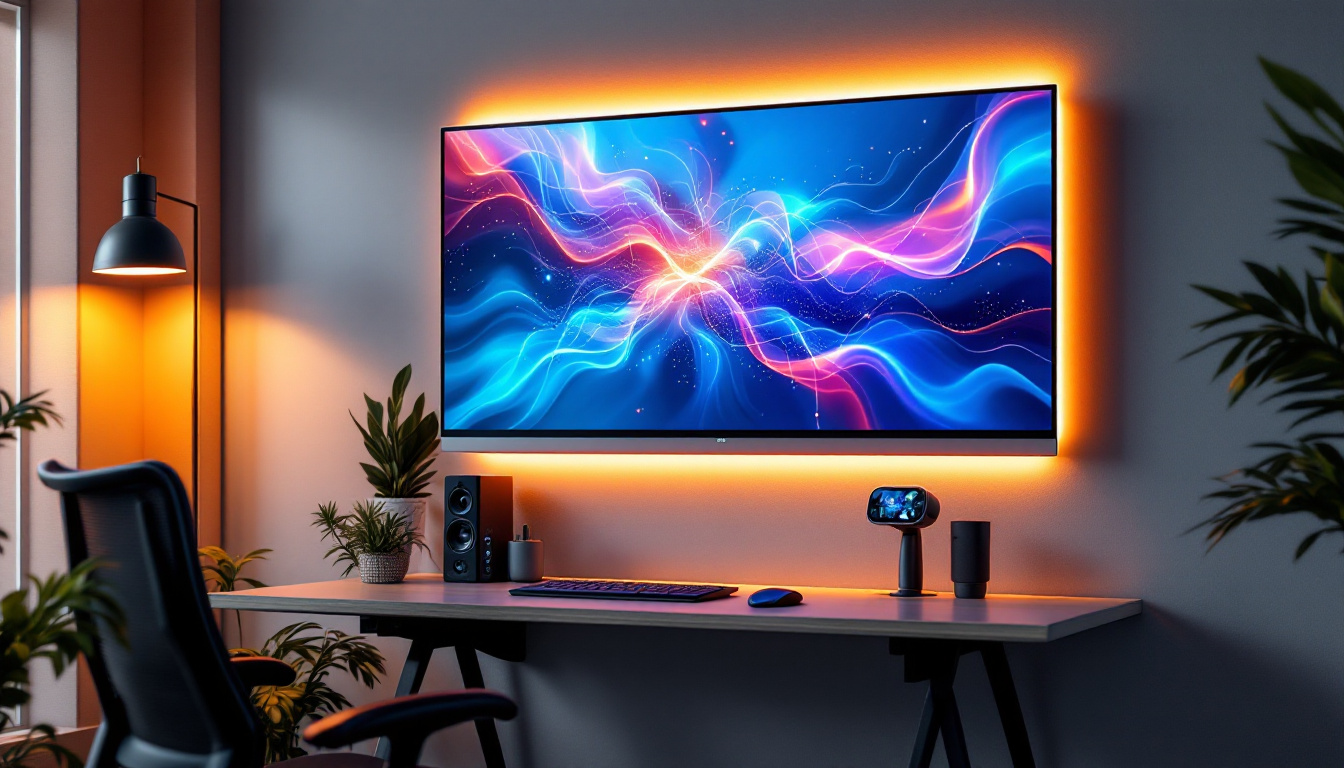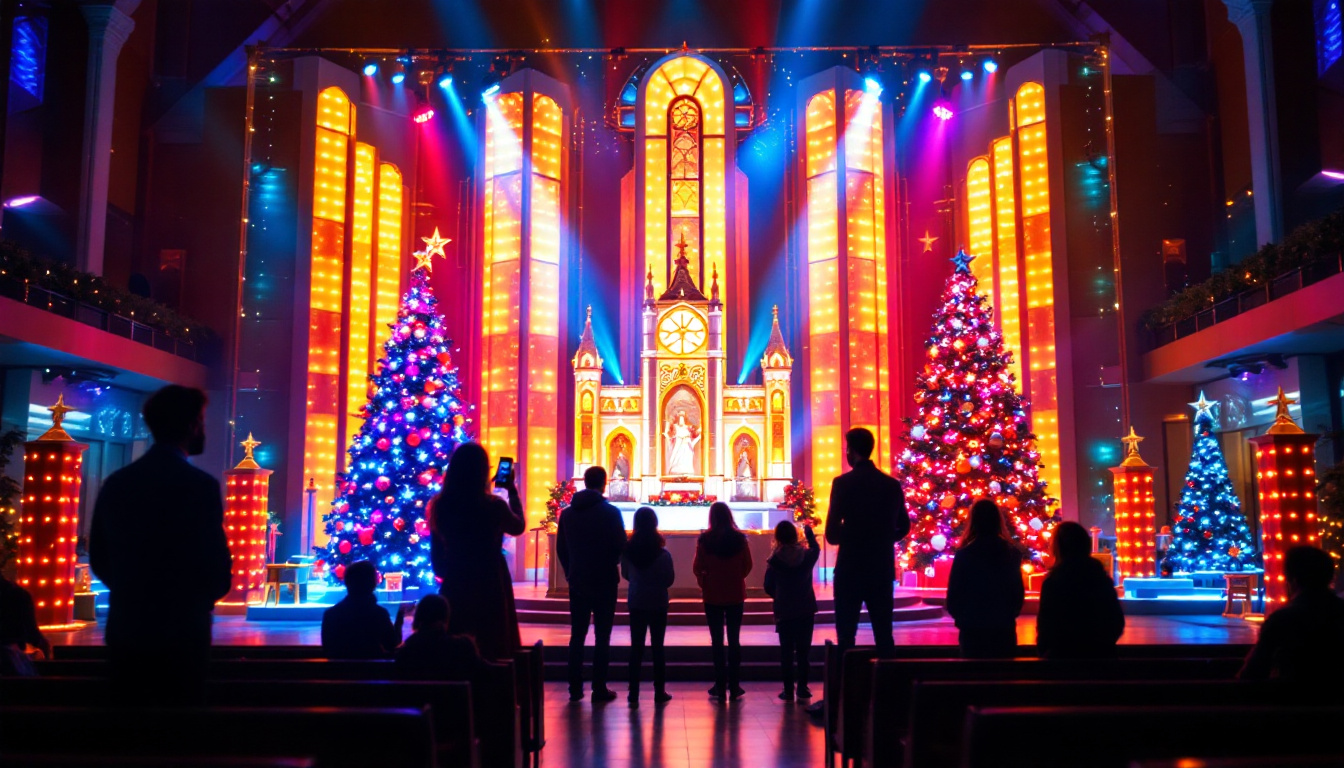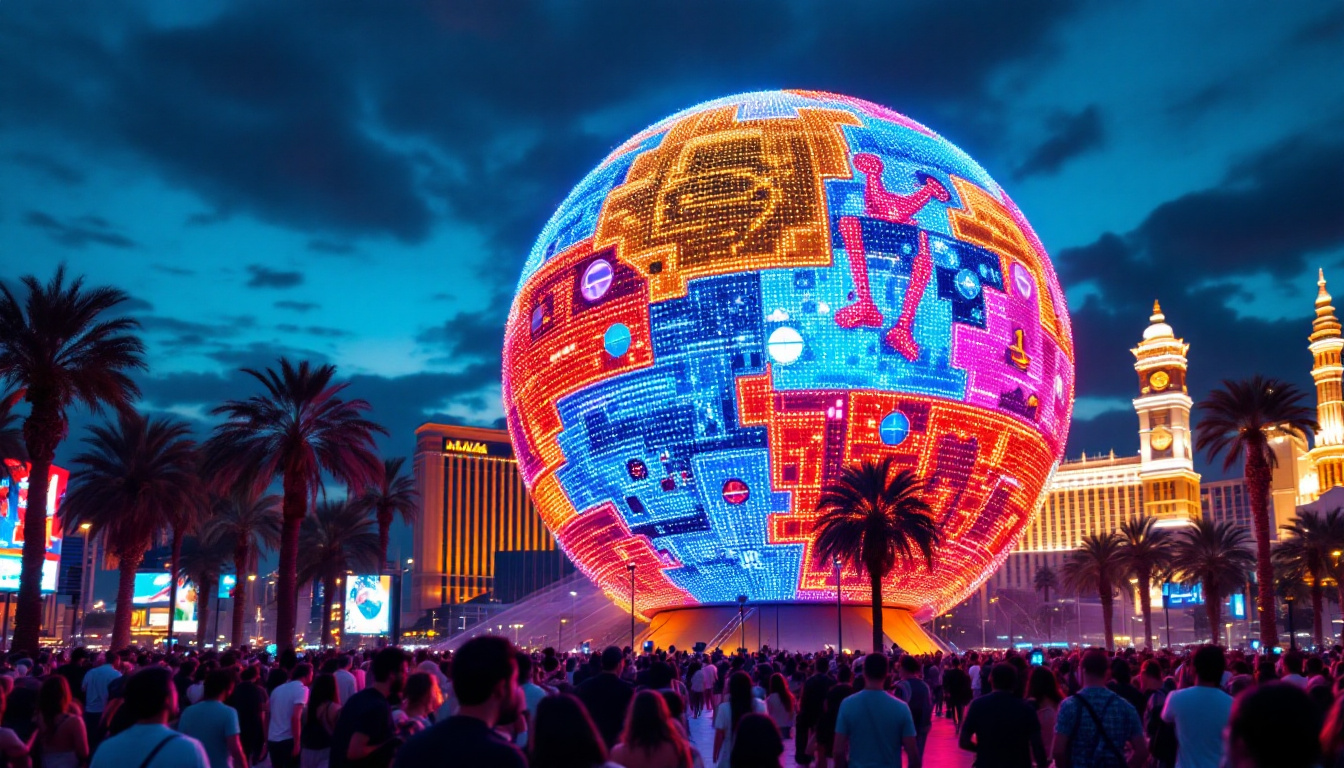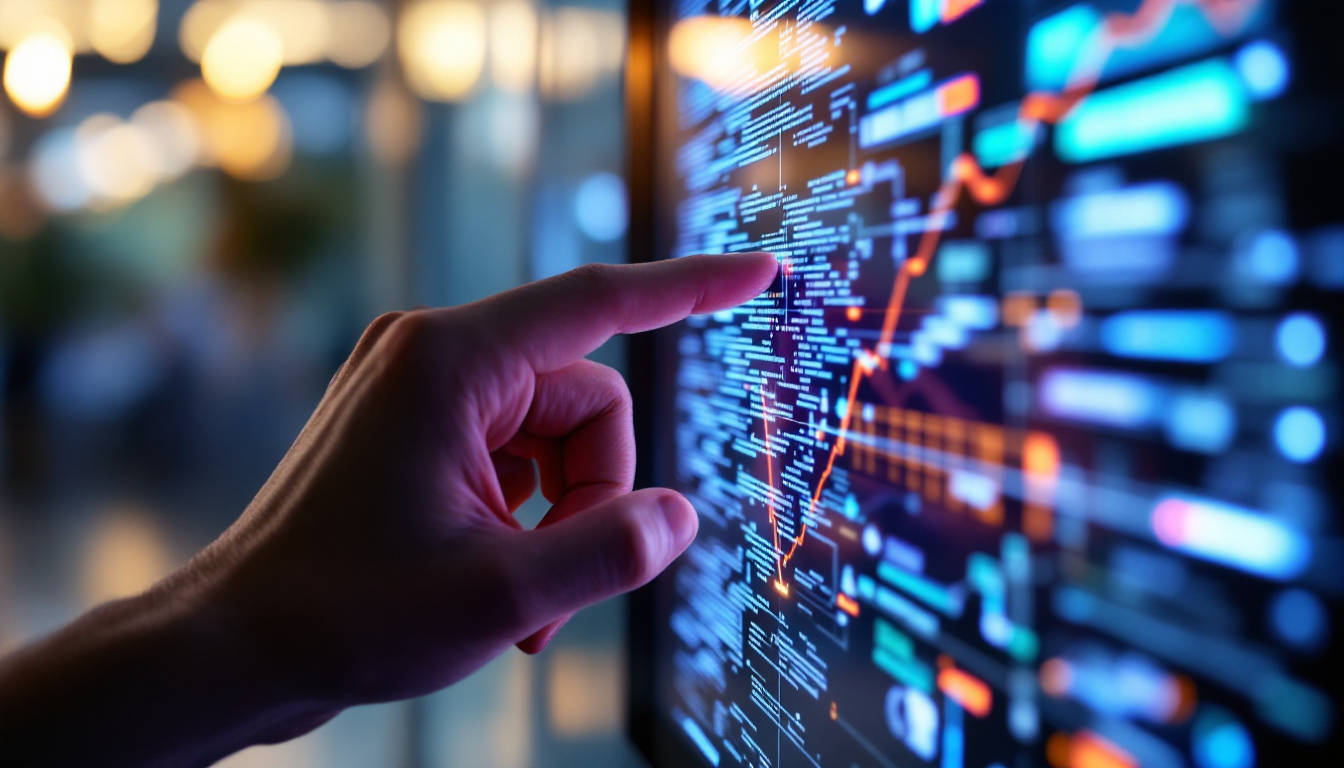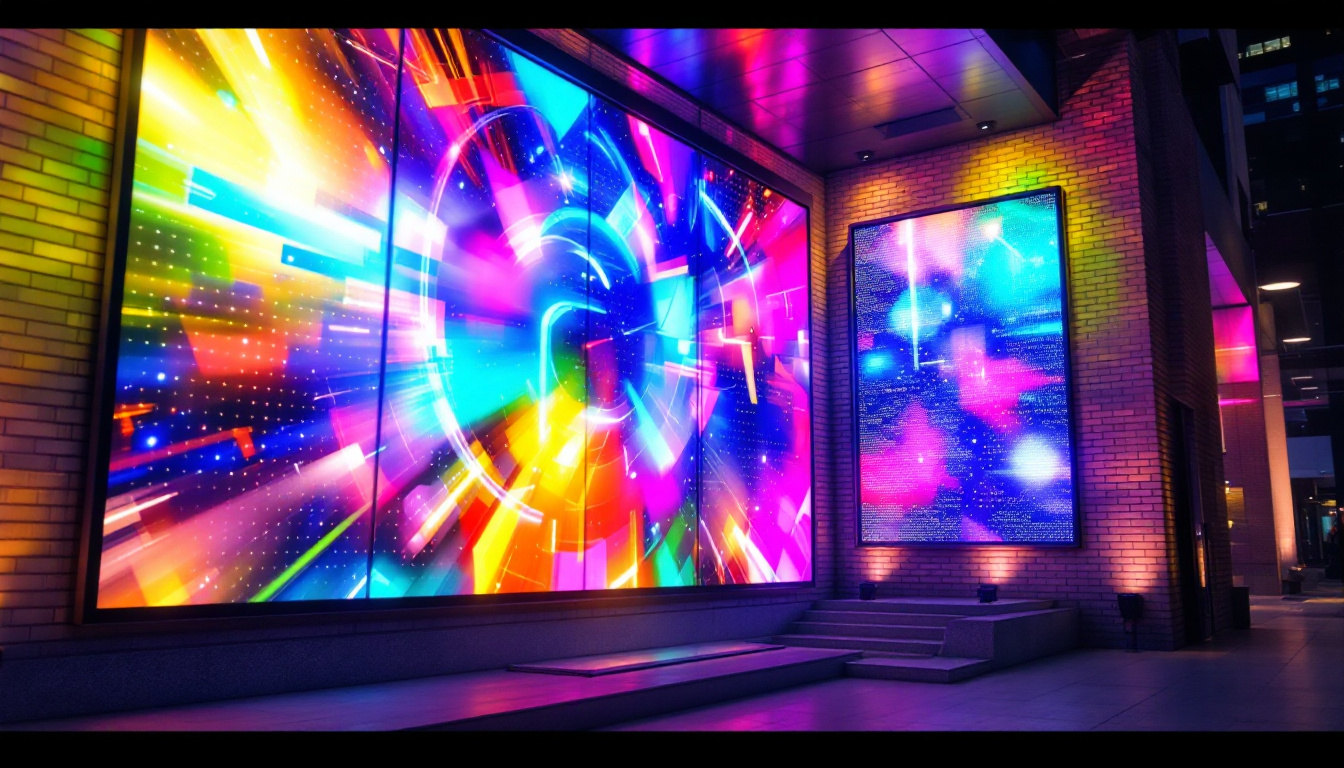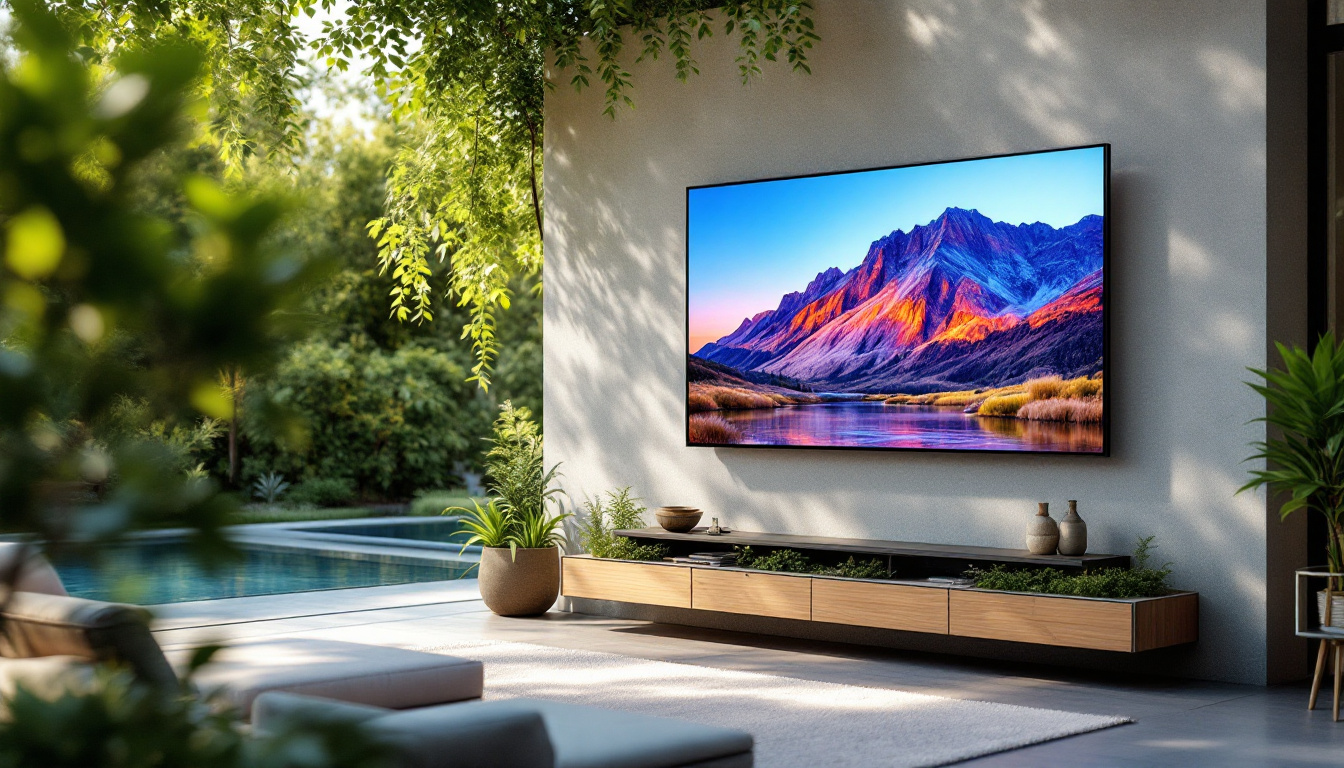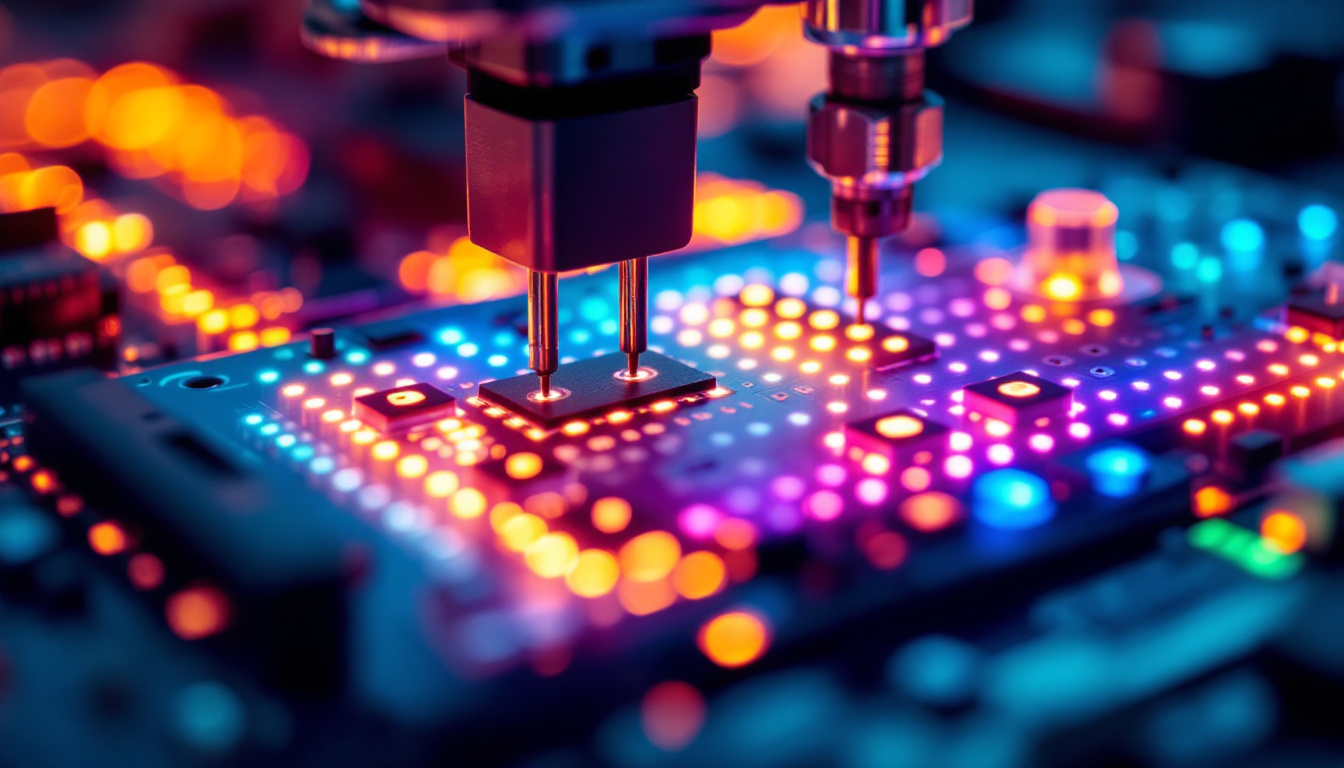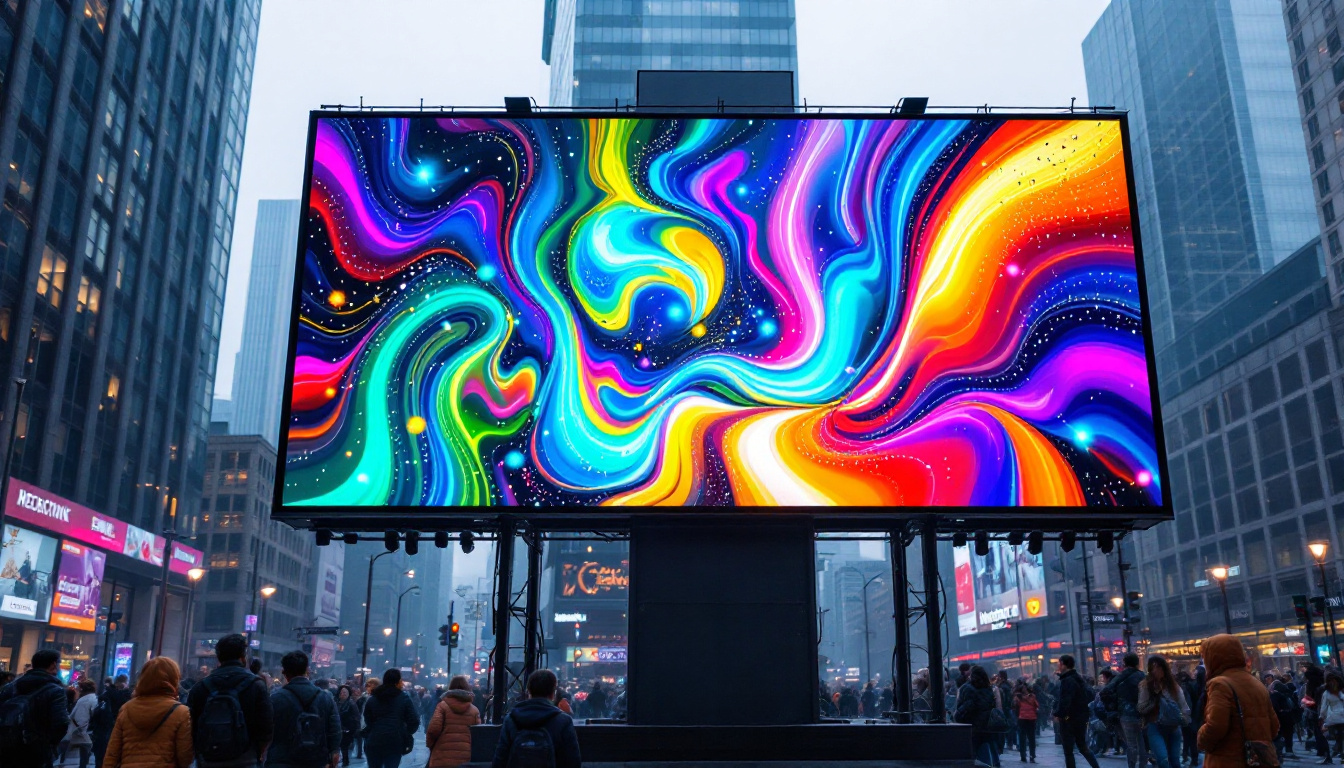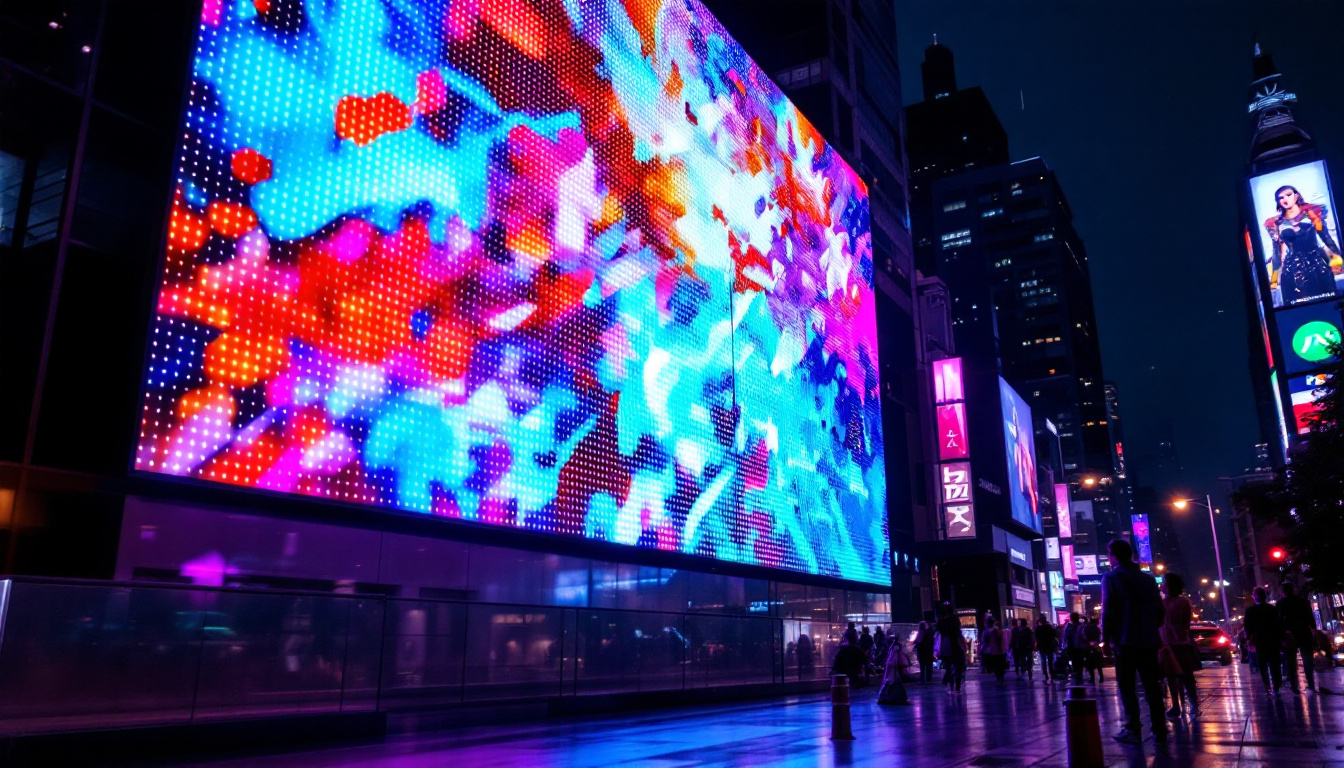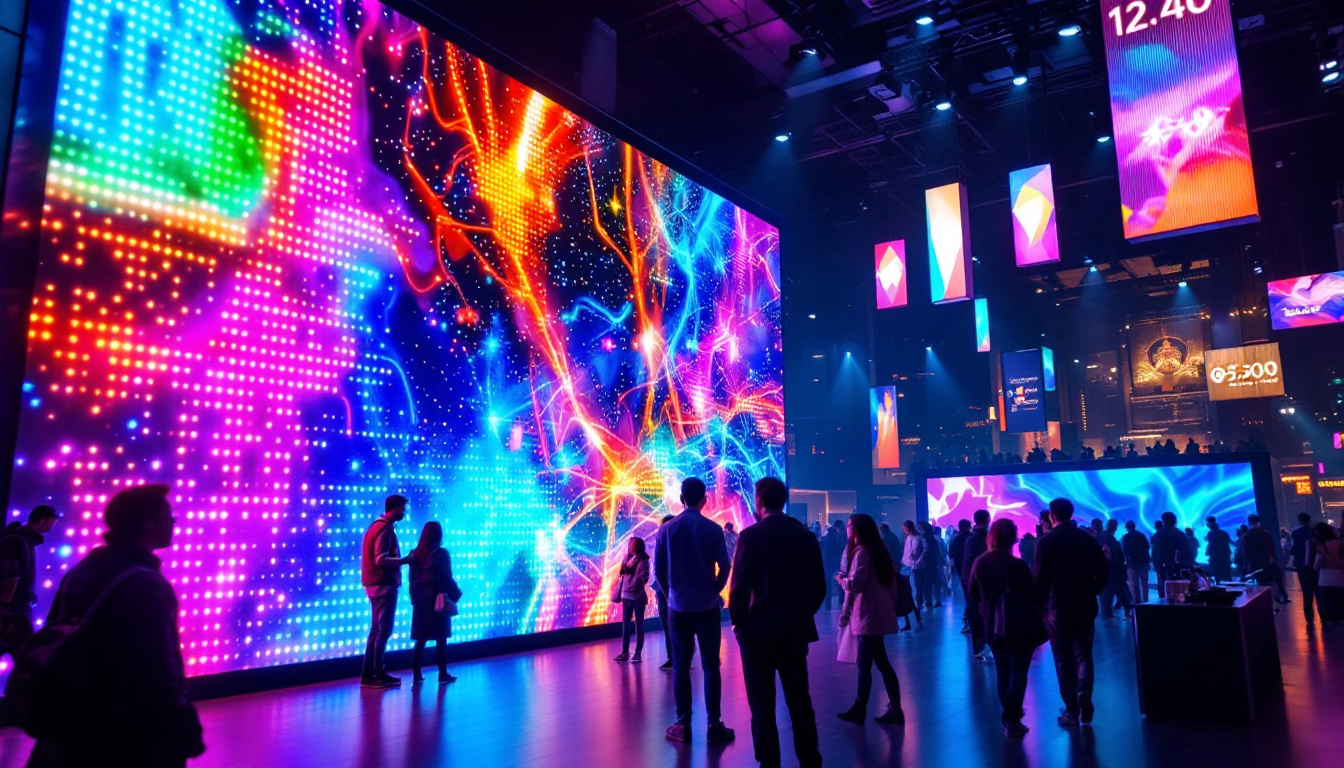In the rapidly evolving world of technology, LED displays have emerged as a cornerstone of modern visual communication. From billboards to smartphones, these displays are ubiquitous, offering vibrant colors and high energy efficiency. This article delves into the intricacies of LED displays, exploring their functionality, applications, and the future of this transformative technology.
Understanding LED Technology
LED, or Light Emitting Diode, technology is at the heart of LED displays. Unlike traditional display technologies that rely on liquid crystals or cathode rays, LED displays utilize semiconductor materials to emit light when an electric current passes through them. This fundamental difference not only enhances brightness but also improves energy efficiency. The compact size of LEDs allows for thinner and lighter display designs, making them ideal for modern applications where space is a premium. As a result, LED technology has revolutionized how we interact with screens, from televisions to smartphones, and even large-scale advertising displays.
The Science Behind LEDs
The operation of an LED is based on electroluminescence, a phenomenon where a material emits light in response to an electric current. When electrons and holes recombine in the semiconductor, energy is released in the form of photons, which is visible as light. The color of the emitted light depends on the materials used in the semiconductor, allowing for a wide range of colors in LED displays. This versatility in color production is not only crucial for creating vibrant images but also enables the development of advanced technologies like RGB (Red, Green, Blue) displays, which can produce millions of colors by varying the intensity of each LED. Furthermore, the lifespan of LEDs is significantly longer than that of traditional bulbs, often exceeding 25,000 hours, which contributes to lower maintenance costs and reduced environmental impact.
Types of LED Displays
LED displays come in various forms, each tailored for specific applications. The most common types include:
- Direct View LED: These displays consist of individual LED modules that create images directly. They are often used in large outdoor screens and digital billboards, where high brightness and visibility are essential. The modular design allows for easy scalability, enabling businesses to customize the size and resolution of their displays according to their needs.
- LED-backlit LCD: In this configuration, LEDs are used as a backlight for traditional LCD screens. This enhances brightness and contrast while maintaining the benefits of LCD technology. The combination of LED backlighting with LCD panels has become a popular choice for televisions and computer monitors, as it provides a balance between performance and cost-effectiveness.
- Organic LED (OLED): OLED displays use organic compounds to emit light, allowing for thinner screens and better color accuracy. They are popular in high-end televisions and smartphones, offering deeper blacks and a wider viewing angle compared to traditional LCDs. The flexibility of OLED technology also opens the door to innovative applications, such as curved and foldable screens, which can change the way we experience visual media.
In addition to these types, there are also specialized LED displays designed for niche markets. For instance, transparent LED displays are gaining traction in retail environments, allowing for captivating advertising while maintaining visibility through the glass. Similarly, flexible LED displays are being explored for use in wearable technology and unique architectural designs, showcasing the endless possibilities that LED technology continues to offer. As advancements in LED technology progress, we can expect even more innovative applications to emerge, further transforming how we perceive and interact with visual content.
Applications of LED Displays
LED displays have found their way into numerous sectors, revolutionizing how information is presented and consumed. Their versatility makes them suitable for a wide array of applications.
Advertising and Marketing
One of the most prominent uses of LED displays is in advertising. Digital billboards and signage can capture attention with dynamic content that changes in real-time. This capability allows businesses to target specific audiences with tailored messages, maximizing engagement and return on investment.
Moreover, the brightness and clarity of LED displays ensure visibility even in direct sunlight, making them ideal for outdoor advertising. The ability to display animations and videos adds an extra layer of appeal, drawing in potential customers effectively. In addition to traditional advertising spaces, LED technology has also paved the way for innovative advertising strategies, such as interactive displays that engage passersby through touch or motion sensors. This interactivity not only enhances the viewer’s experience but also fosters a deeper connection with the brand, encouraging social media sharing and word-of-mouth promotion.
Entertainment and Events
In the entertainment industry, LED displays play a crucial role in enhancing audience experiences. Concerts, sports events, and festivals utilize large LED screens to broadcast performances, ensuring that even those seated far from the stage can enjoy the show.
Furthermore, LED technology allows for creative stage designs, where screens can be integrated into set pieces, adding visual flair and depth to performances. This innovation has transformed how artists and event organizers engage with their audiences. Beyond live events, LED displays are also utilized in movie theaters for previews and trailers, creating an immersive atmosphere that captivates moviegoers from the moment they enter. The ability to synchronize visuals with sound effects further amplifies the impact of the content, making each viewing experience unique and memorable.
Transportation and Wayfinding
LED displays are increasingly used in transportation systems for real-time information dissemination. Train stations, airports, and bus terminals employ LED screens to provide travelers with updates on schedules, delays, and other essential information.
Additionally, LED displays are utilized in wayfinding systems, helping individuals navigate complex environments. Their clarity and ability to change content dynamically make them more effective than traditional static signs. In urban environments, LED displays can also serve as digital maps, providing users with interactive routes and points of interest, thereby enhancing the overall travel experience. Moreover, as cities continue to grow and evolve, the integration of LED technology into smart city initiatives is becoming more prevalent, allowing for seamless communication between transportation systems and passengers, ultimately leading to improved efficiency and user satisfaction.
Advantages of LED Displays
The rise of LED displays can be attributed to several key advantages that set them apart from other display technologies. Understanding these benefits is crucial for businesses and consumers alike.
Energy Efficiency
One of the most significant advantages of LED displays is their energy efficiency. Compared to traditional incandescent or fluorescent lighting, LEDs consume significantly less power, resulting in lower energy costs. This efficiency not only benefits the environment by reducing carbon footprints but also allows businesses to save on operational expenses.
Longevity and Durability
LED displays are known for their impressive lifespan, often lasting tens of thousands of hours. This durability means that they require less frequent replacements, making them a cost-effective investment in the long run.
Additionally, LED technology is more resistant to shock and vibration, making it suitable for various environments, including outdoor settings where weather conditions can be unpredictable.
High Brightness and Contrast
LED displays offer superior brightness and contrast compared to traditional displays. This capability ensures that images remain clear and vibrant, even in bright daylight conditions. The ability to produce deep blacks and bright whites enhances the overall viewing experience, making LED displays ideal for both indoor and outdoor applications.
Challenges and Considerations
Despite their numerous advantages, LED displays are not without challenges. Understanding these considerations is essential for making informed decisions regarding their use.
Initial Costs
The initial investment for LED display technology can be higher than that of traditional display options. This upfront cost may deter some businesses from making the switch, especially for smaller enterprises. However, the long-term savings in energy and maintenance often outweigh these initial expenses.
Heat Generation
LED displays can generate heat, particularly in high-brightness applications. Proper thermal management is essential to ensure optimal performance and longevity. Without adequate cooling systems, the lifespan of the display may be compromised, leading to potential failures.
Color Calibration
Achieving consistent color reproduction across multiple LED displays can be challenging. Variations in manufacturing and environmental factors can lead to discrepancies in color accuracy. Regular calibration and maintenance are necessary to ensure that displays maintain their intended color quality.
The Future of LED Displays
The future of LED displays looks promising, with ongoing advancements in technology paving the way for even more innovative applications. As industries continue to explore the potential of LED technology, several trends are emerging.
MicroLED Technology
MicroLED is an emerging technology that promises to take LED displays to the next level. This technology utilizes smaller individual LEDs, allowing for higher pixel densities and improved image quality. MicroLED displays can offer better color accuracy, contrast ratios, and energy efficiency, making them a compelling option for high-end applications.
Flexible and Transparent Displays
As the demand for versatile display solutions grows, manufacturers are developing flexible and transparent LED displays. These innovations allow for creative applications, such as curved screens and displays integrated into windows. Such advancements can transform retail environments, enabling immersive shopping experiences.
Integration with Smart Technologies
With the rise of the Internet of Things (IoT), LED displays are increasingly being integrated with smart technologies. This integration allows for real-time data sharing, remote monitoring, and enhanced interactivity. Businesses can leverage these capabilities to create dynamic content that responds to audience engagement, further enhancing the effectiveness of their displays.
Conclusion
LED displays have revolutionized the way information is conveyed across various sectors, from advertising to entertainment and beyond. Their energy efficiency, longevity, and superior visual quality make them an attractive option for businesses and consumers alike. While challenges such as initial costs and heat generation exist, the benefits often outweigh these concerns.
As technology continues to advance, the future of LED displays is bright, with innovations like MicroLED, flexible designs, and smart integrations on the horizon. Embracing this technology not only enhances visual communication but also positions businesses at the forefront of modern marketing and engagement strategies.
In summary, understanding LED displays and their applications is essential for anyone looking to harness the power of visual technology in today’s fast-paced world. With ongoing developments, the potential for LED displays is limitless, promising exciting opportunities for the future.
Discover the LumenMatrix Difference
Ready to elevate your visual communication with the latest in LED display technology? LumenMatrix is at the forefront of innovation, offering a diverse range of LED display solutions tailored to your unique needs. From Indoor and Outdoor LED Wall Displays to specialized options like Vehicle, Sports, and Floor LED Displays, our mission is to captivate your audience and amplify your message with unparalleled clarity and impact. Experience the transformative power of our Custom, All-in-One, and Transparent LED Displays. Check out LumenMatrix LED Display Solutions today and join the visual revolution.

